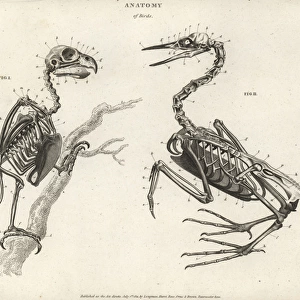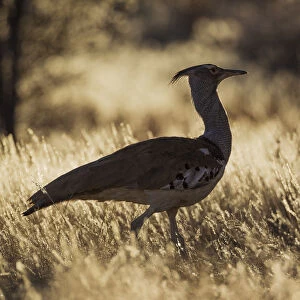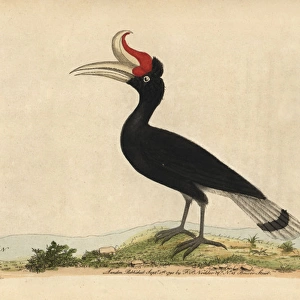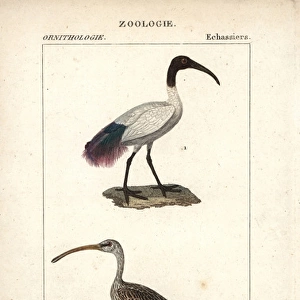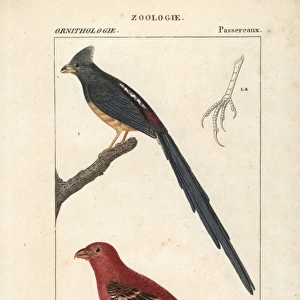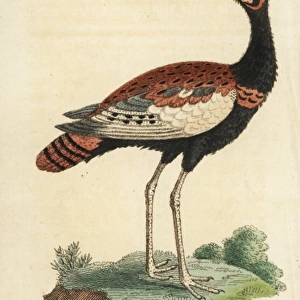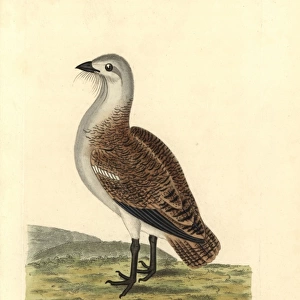Home > Animals > Birds > Ibises > African Sacred Ibis
Threskiornis aethiopicus, sacred ibis skeleton
![]()

Wall Art and Photo Gifts from Mary Evans Picture Library
Threskiornis aethiopicus, sacred ibis skeleton
Plate 52 from a paper published by Georges Cuvier in 1804
Mary Evans Picture Library makes available wonderful images created for people to enjoy over the centuries
Media ID 8605941
© Mary Evans Picture Library 2015 - https://copyrighthub.org/s0/hub1/creation/maryevans/MaryEvansPictureID/10710777
Bill Bone Curved Ibis Monochrome Pelecaniformes Sacred Sauropsid Sauropsida Skeleton Skull Vertebra Wing African Sacred Ibis Sacred Ibis Threskiornis Threskiornis Aethiopicus Threskiornithidae
EDITORS COMMENTS
Plate 52 from the groundbreaking work "Recherches sur les Ossements Fossiles de Quadrupedes" (Researches on the Fossil Bones of Quadrupeds) by the renowned French naturalist Georges Cuvier, published in 1804, features an intricately detailed illustration of the skeleton of Threskiornis aethiopicus, the Sacred Ibis. This avian skeleton, depicted in monochrome, showcases the anatomy of this long-legged, curved-billed bird, which is a member of the order Pelecaniformes and the family Threskiornithidae. The Sacred Ibis, also known as the African Sacred Ibis, was highly revered in ancient Egypt as a symbol of the god Thoth, the deity of wisdom and knowledge. The bird's distinctive bill, which curves downwards and slightly to the side, is particularly notable in this illustration. The skeleton is composed of numerous bones, including the vertebrae, ribs, long wing bones, and the distinctive elongated leg bones. The skull, with its large, hollow eye sockets and prominent beak, is also clearly visible. The Sacred Ibis's skeletal structure is a testament to its unique anatomy and adaptations, which enabled it to wade in shallow water and forage for food in the marshy environments of ancient Egypt. This illustration, produced during the height of the Age of Enlightenment, represents a significant contribution to the scientific understanding of avian anatomy and the classification of birds within the broader context of the Sauropsida, a group that includes both reptiles and birds. The intricate detail and accuracy of the illustration attest to the skill and expertise of the artist and the scientific rigor of Cuvier's work.
MADE IN AUSTRALIA
Safe Shipping with 30 Day Money Back Guarantee
FREE PERSONALISATION*
We are proud to offer a range of customisation features including Personalised Captions, Color Filters and Picture Zoom Tools
SECURE PAYMENTS
We happily accept a wide range of payment options so you can pay for the things you need in the way that is most convenient for you
* Options may vary by product and licensing agreement. Zoomed Pictures can be adjusted in the Cart.


